Faces and moments: Post-War period
Following the Second World War the USA assumed a decisive role in the reconstruction of Germany.
10.10.2018
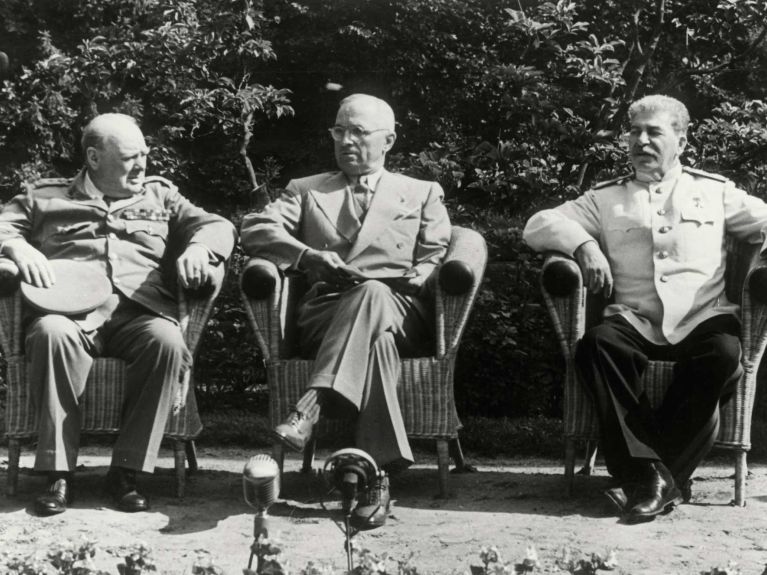
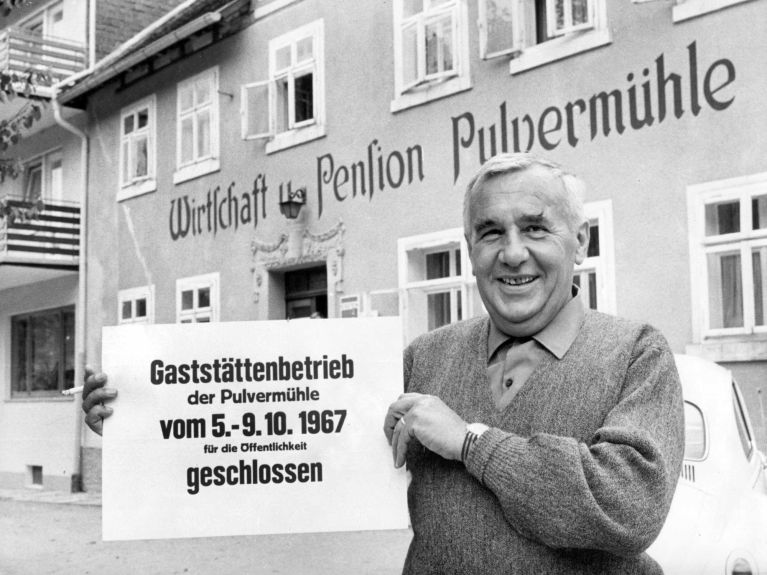
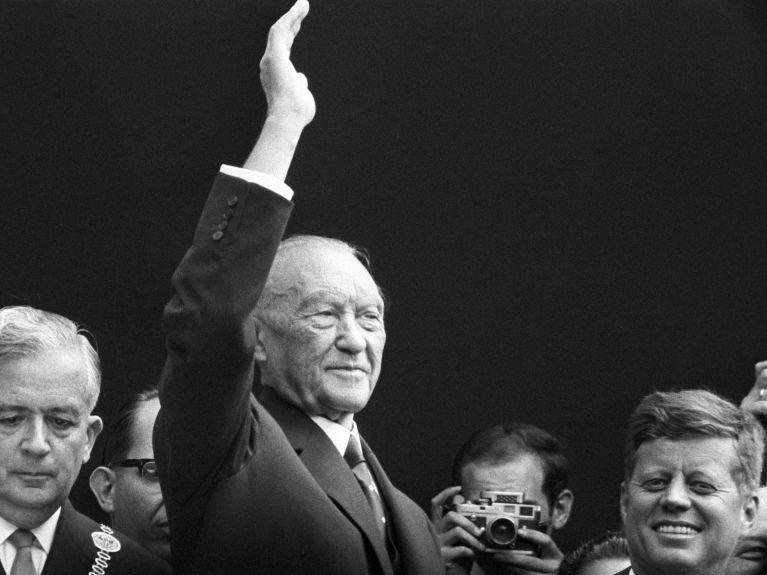



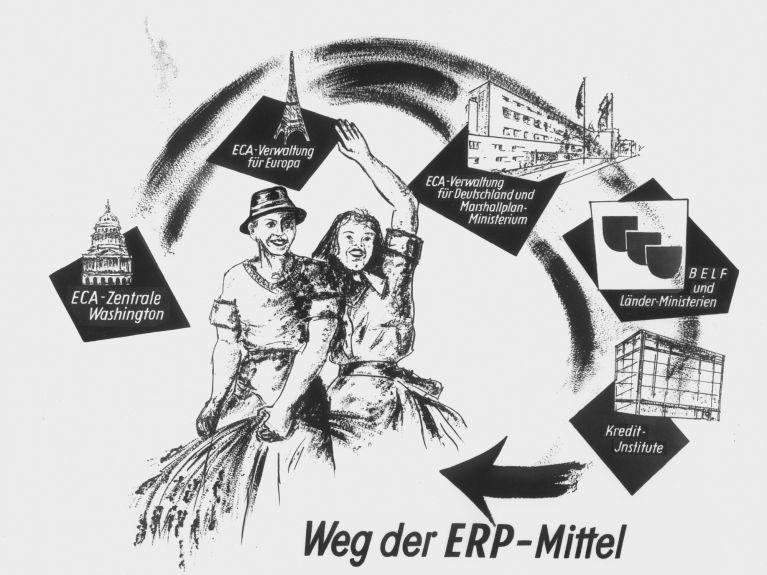

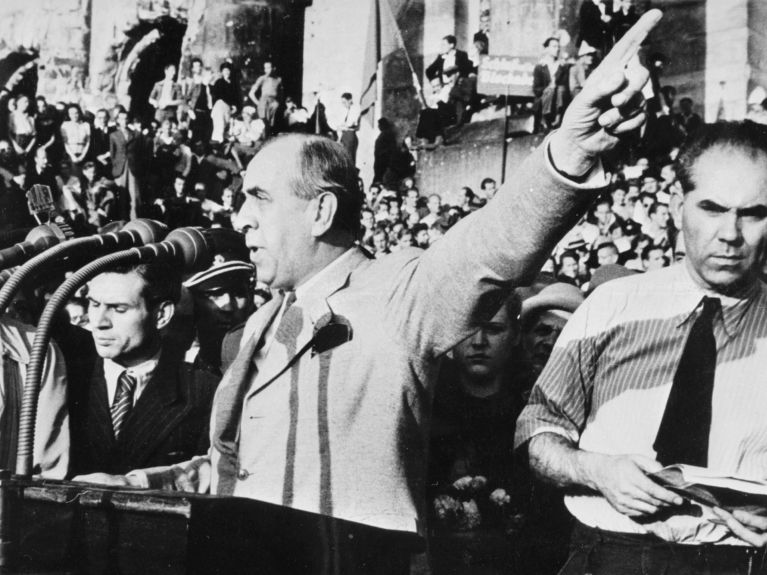
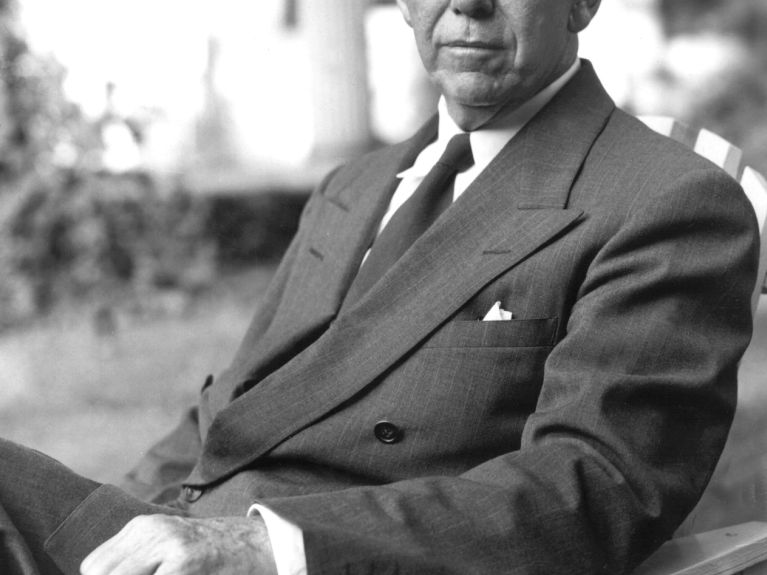
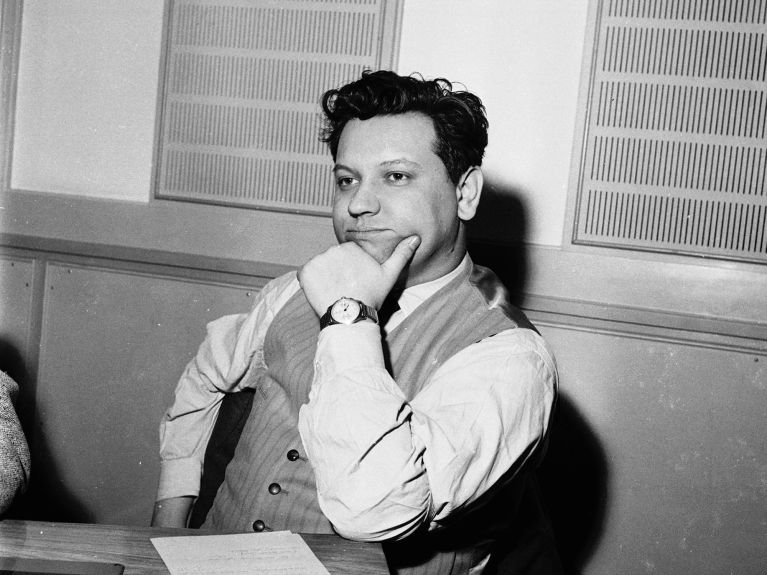


Following the Second World War the USA assumed a decisive role in the reconstruction of Germany.

Take part in our survey!
Make the most of this opportunity to help us develop deutschland.de further. We look forward to receiving your ideas!
Participation is anonymous and only takes a few minutes!
You can access the survey here.